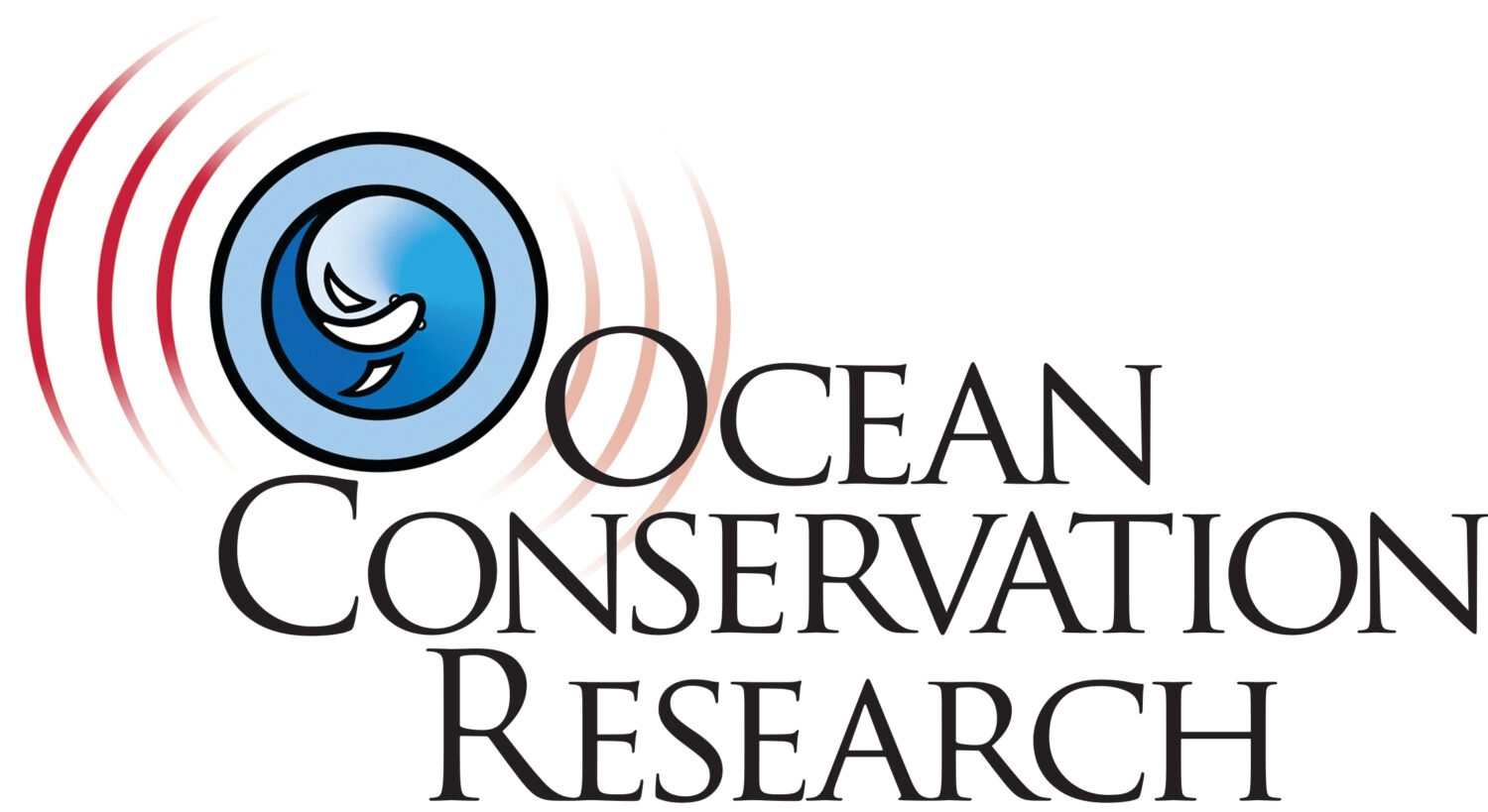Whale-Ship strikes expanded
 Cruise ship sails into New York City port with 44-foot dead whale across its bow. API photo
Cruise ship sails into New York City port with 44-foot dead whale across its bow. API photo
But animals scooped up this way are in no way a proxy for how many whales actually get hit; it just represents whales that are symmetrically hit in waters calm enough to not wash them off the bow bulb before the ship arrives in port. And it also does not represent the sum of mortalities due to whale/ship interactions. Quite a number of whales get chewed up in the propeller wash by getting sucked into the water that the ship cuts through to propel the ship.
So we have two common pathologies of whale/ship interactions; ship strikes, and propellor cuts. There are some clear variables between these two interactions that inform speculation about how they might occur, and what might be done to diminish the occurrence.
It seems that ship strikes are more common in the Balaenoptera genus of cetaceans – which includes the largest animals that currently exist in the sea – the blue, fin, and sei whales, and a few others – Bryde’s, Minke (and recently, the Rice’s whales).
Of these, the fin whales seem to be most vulnerable.
The Balaenoptera also sink when they are killed, so there is really no way of really knowing how many suffer this ignoble end.
The propeller cuts seem more common with Humpbacks and gray whales on the west coast. North Atlantic Right Whales on the East Coast suffer both indignities – being surface feeding critters, they are struck by larger boats, and cut up by smaller ones.
 North Atlantic Right Whale with propeller strikes
North Atlantic Right Whale with propeller strikes
Wading into a thicket of informed speculation here; the distinction between the strikes and cuts are likely due to how the various animals dwell in their respective habitats, and how they respond to threats.
The Balaenoptera in question are dive-feeders, and surface to breathe – where they may encounter the vessel(s) that they have been hearing while foraging. Being the largest animals in the ocean, they are not necessarily evolutionarily adapted to things larger than them moving around in their living space. And they are fast and not as subject to predation by orcas (or humans) as the other species are, so they may not have a large adaptive repertoire of evasive maneuvers.
If they find a ship noise threatening, they may head towards the front of the ship where the loud propeller noise is shadowed by the ship itself. This is where the strikes occur.
The other whales – as slower swimmers, probably have maneuvers designed to evade their orca (and human) predators – like diving, and perhaps diving into the water intake of the propellers.
Of course this is all really simplistic. All whale species have evolutionary adaptations, but these animals are not just biological machines; they likely make complex individual survival decisions as well.
So how do we take all of this into account when we want to diminish the impacts of whale/ship encounters?
First off, I need to mention that 30 years ago this issue was not up on people’s sonar. So the incidence and concerns about ship strikes track public sympathy about whales as much as it tracks the recovery of whale populations since the 1984 international moratorium on commercial whaling. The “good news” is that due to the moratorium, there are now more whales to strike.
The bad news is that ship strikes are increasing at an alarming rate as we expand industrialization of the outer Continental Shelf – with wind farms, offshore oil operations, and trans-oceanic cargo shipping.
Monitoring and mitigation strategies are in play, but are not yet up to the task of tracking and mapping vulnerable whales in real time.
Stay tuned! OCR is working on this.


